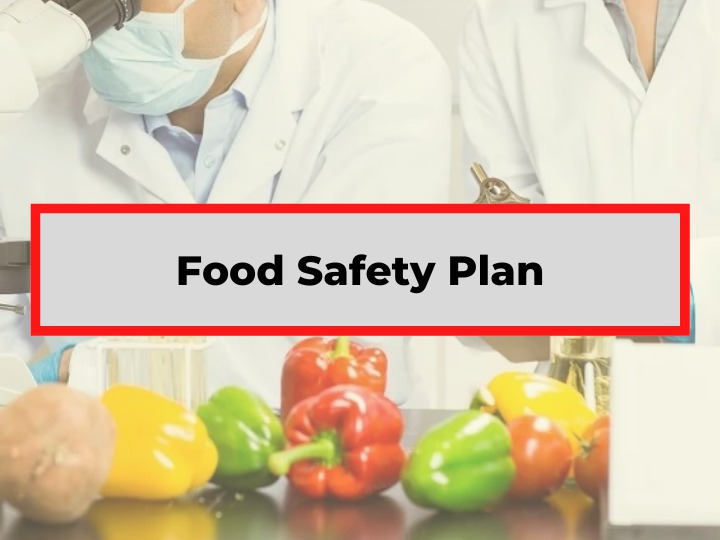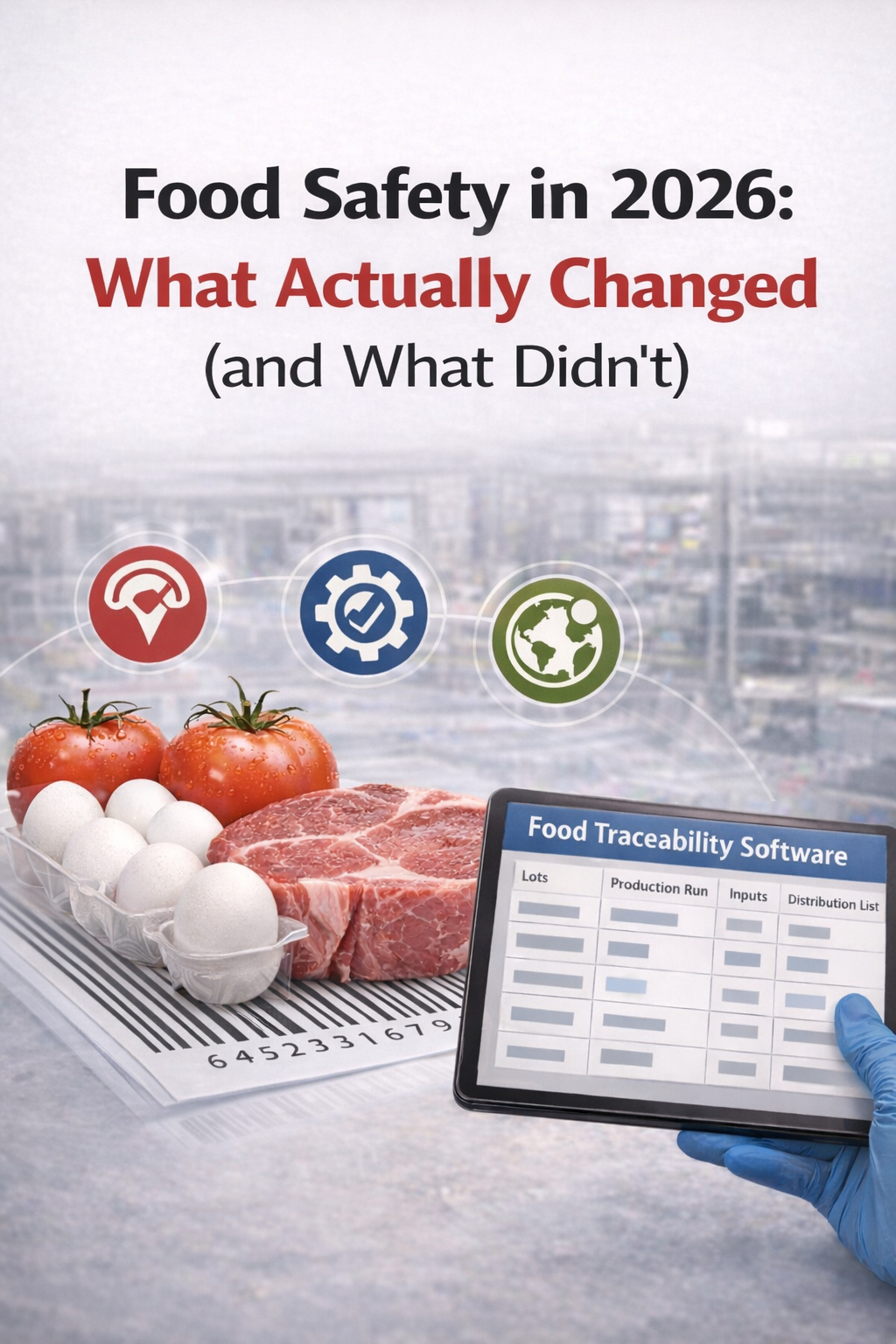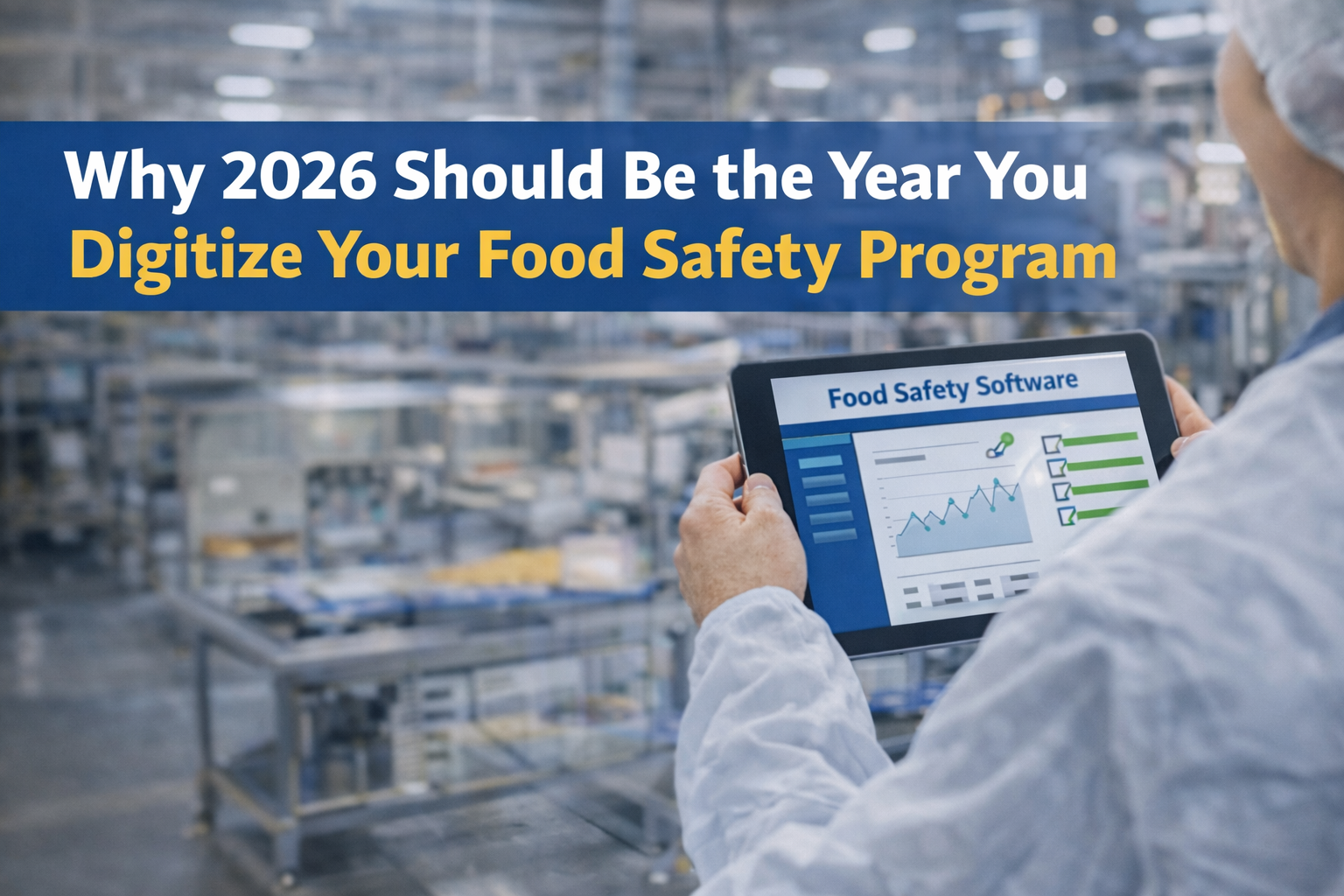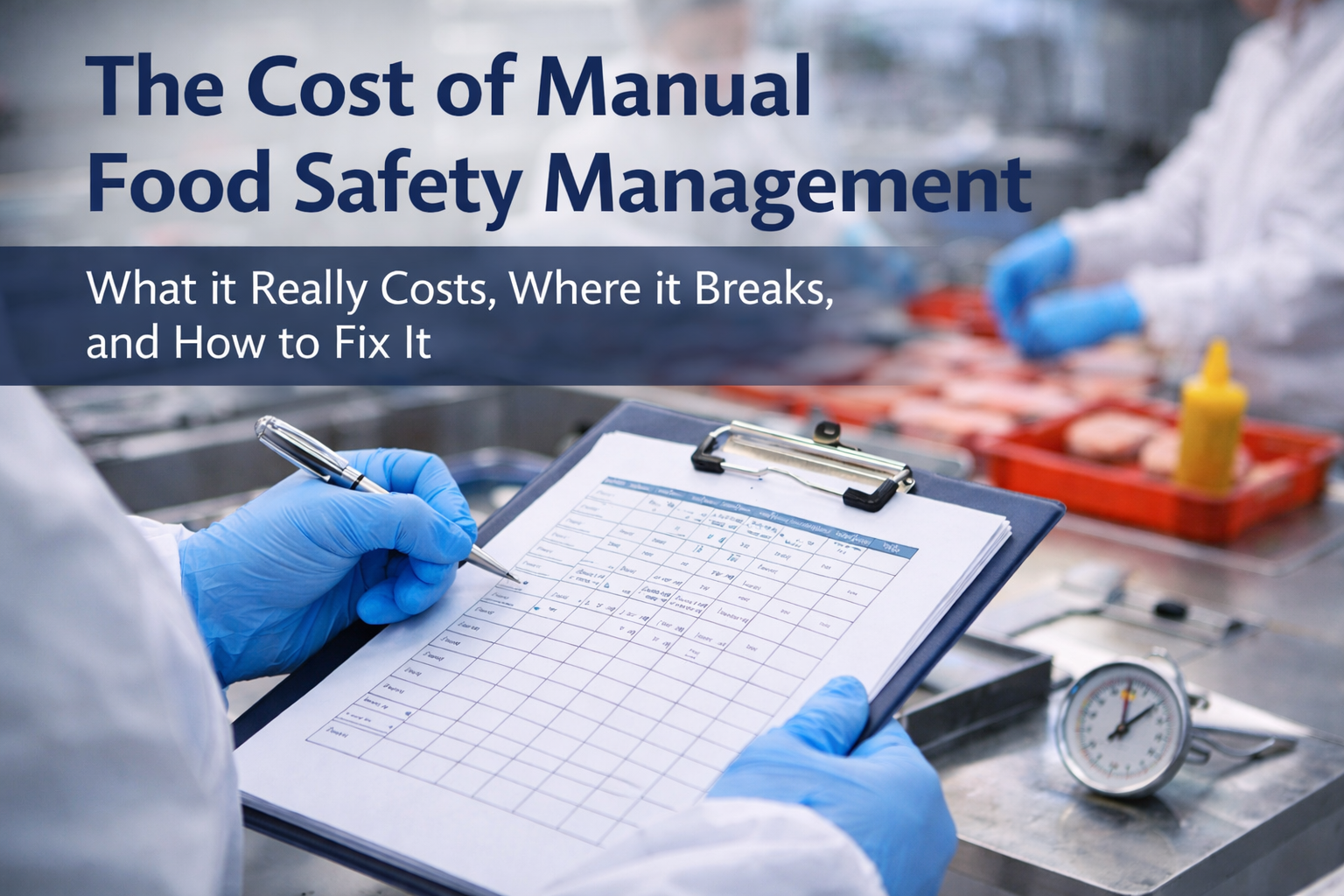As this year draws to a close, let's see what lies ahead for 2022 from global food and catering. From food processors to plant-based chicken, here are highlights from latest forecasts on food and drink trends:
The big picture
The pandemic has changed the way people eat in restaurants these days. Shorter menus, fewer waiters, vaccination cards for entry, earlier closing time, QR codes, difficult deliveries, higher surcharges in response to rising food prices. Outdoor dining will become permanent in many cities, adding to restaurants' seating capacities and revenue.

Trend #1: Rise of the cooking robots
For those wondering what the biggest trend for 2022 is, it is the rise of robots and automation in the restaurant industry. While the concept is not new, the noticeable acceleration is a result of labor shortages due to workers being fed up with working conditions, continually inadequate wages, and contactless meals as a measure of social distancing. .
Expect to find more food ATMs —serving “pizza, salads, coffee, blended juices, hot and cold meals in bowls, and various pasta.” You’ll see some vending machines in “supermarkets, office buildings, hospitals, schools,” while others will be tucked away as extra help to “hand-labor production” in restaurants.

Trend #2: Plant-based chicken is everywhere
Forget the Chicken Sandwich Wars, the 2022 Fast Food Chain Chicken Battle is all about plant-based options. With the volatility of animal protein prices and the real shortage of chicken, it's time to go for meatless nuggets and fillets.
So far, the market is loving it. A&W has sold its Beyond Meat nuggets at 1,000 locations across Canada; Panda Express completely sold its Beyond Meat orange chicken during a test in LA and New York. Even reluctant fast food chains that have repeatedly tested their vegan recipes like McDonald's and KFC could finally "tiptoe into the market" next year.

Trend #3: More ghost kitchens
As the growing demand for food deliveries has proven the economic viability of ghost kitchens, we are now seeing them grow by the hundreds. Reef Kitchens plans to open 700 ghost kitchens for Wendy's over the next five years; Ghost Kitchen Brands to Unveil 30 Multi-Brand Ghost Kitchens at Walmart over Next Two Years; Kitchen United - which has an agreement with Westfield Valley Fair (a shopping center in Santa Clara) - will allow shoppers to order "a consolidated package from all tenants of the mall's food court" through an app.
The burning questions are: What are the effects of fierce competition? Will there be tons of empty seats in restaurants? What is the saturation point? And how will people “react when they find out that the food brands they've found online don't exist in the real world”?
Regardless, the projected numbers look promising. According to Euromonitor, ghost kitchens can be a trillion-dollar industry in ten years, and Grand View Research anticipates the market size to reach $139.37 billion by 2028.
Either way, the projected numbers look promising. Ghost kitchens may represent a trillion dollar industry in ten years, according to Euromonitor, and Grand View Research predicts the market size to reach $ 139.37 billion by 2028.

Trend #4: Less alcohol
Many of those who fell off the fitness wagon during the pandemic will resume mindful eating and drinking. So in 2022, expect to see people drinking less alcohol.
Beyond a renewed drive for ‘healthier’ habits, this can be attributed to the rise of low-alcohol products (31%) according to IWSR, a London research organization; clever packaging and marketing; plus more enticing alcohol-free products that “taste more like the real thing.”
Beyond a renewed desire to adopt "healthier" habits, this can be attributed to the increase in products with low alcohol content (31%) according to IWSR, a London research organization; smart packaging and marketing; as well as more enticing alcohol-free products that "taste more like the real thing."
Additionally, some believe other products are taking market share, such as cannabis and fortified products such as hard kombucha and packaged tea fortified with beer alcohol. But consumers are not completely cutting off alcohol. In addition to more organic and biodynamic wines on the menu, we expect more than 50% of people who opt for low-alcohol drinks to alternate with full-strength drinks.







